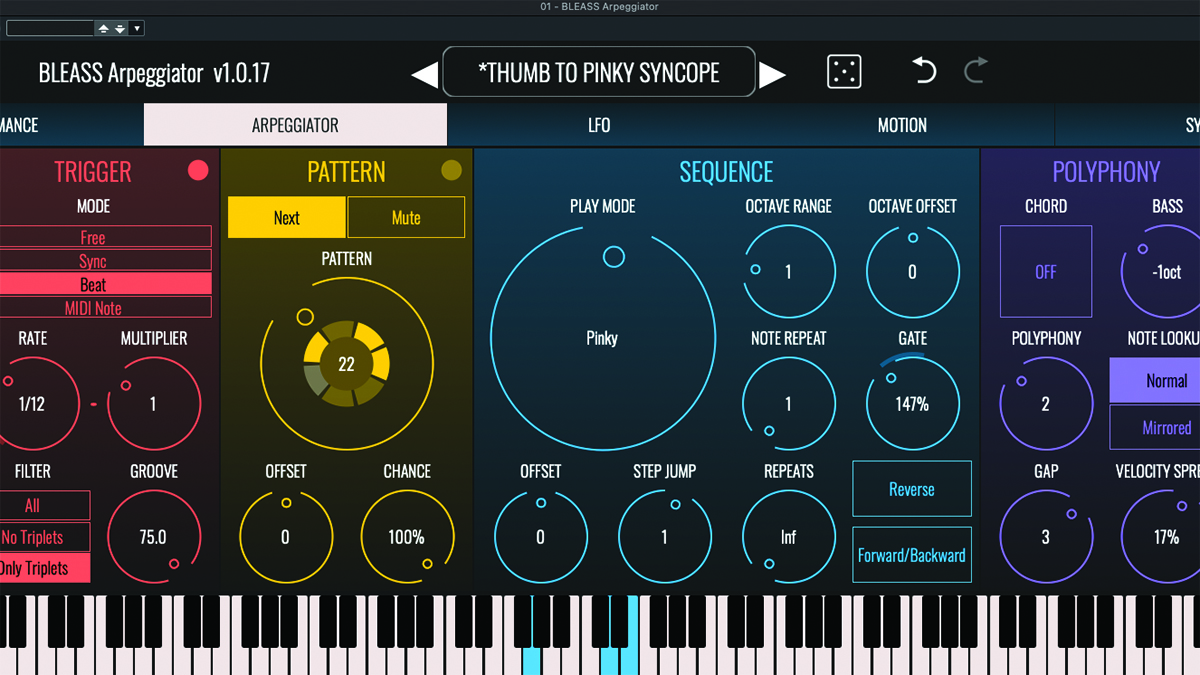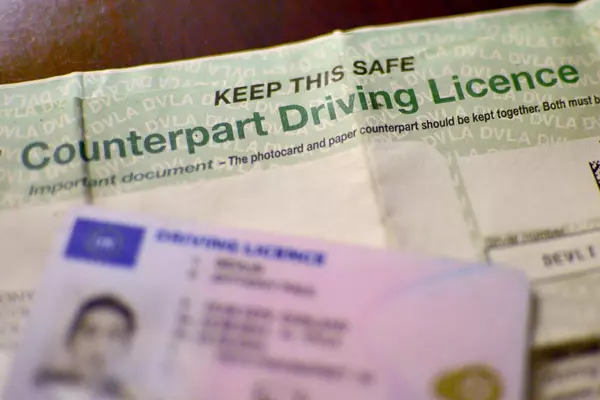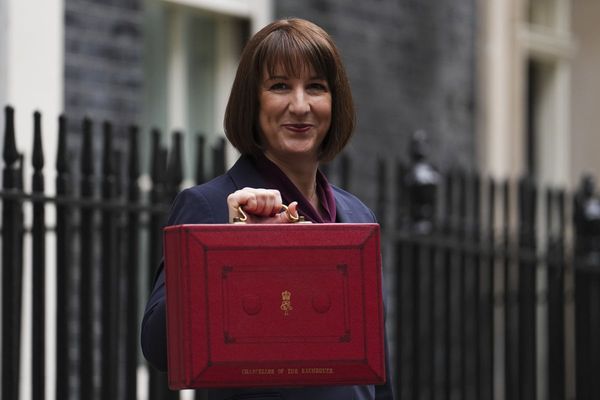Clean Bandit's Rather Be was a Grammy-winning, world-dominating hit. Released in 2014, the song soared to number one in the UK before becoming the seventh single to go three-times Platinum, later topping the charts in 11 other countries.
If you know the song, you'll undoubtedly know its catchy, staccato hook, which first appears in the intro's strings but is later echoed in a bouncy synth line in the verses. In a recent interview with the Tape Notes podcast, Clean Bandit's Jack Patterson has revealed how the patch used in that synth line - which can also be heard across a number of the group's other hits - was designed.
Opening up the song's Ableton session for host John Kennedy, Patterson explains that the Rather Be sound was made with Operator, an FM synth plugin that comes with Ableton Live Suite, the DAW's premium tier. "It's just an Ableton preset," he says. "Not even a preset - if you just load Operator [...] you just have to turn two knobs, and you'll get it to sound like that."
Patterson then demonstrates the nuts and bolts of the Operator patch, which is a relatively simple patch based on a sine wave, with some pitch modulation added using the synth's LFO, along with some reverb.
"All it is is a sine wave," he says, "but it's got some modulation - an LFO, which is a control signal that makes it go wobbly on the pitch. But it only goes wobbly towards the end of the note, so the beginning of the note sounds in tune, but it goes all sad towards the end of each note, and a bit mournful."
Patterson identifies this as a signature sound for Clean Bandit: "To me, that's the essence of what a lot of our music is. It's potentially quite joyful music but with an undertone of melancholy. That synth sums that up."

How to use FM synthesis to design sounds you'll actually use in your music
He says that the group tend to lean towards clean and "pure" synth sounds, as opposed to complex timbres. "My grandma always had these electric organs that she'd get from charity shops in her house, and they always had these very basic, minimal, not overly complicated synthesizer sounds," Patterson continues. "They were the first synths that I played with, and that aesthetic really appealed to me."
"Especially if you're trying to mix in classical elements, maintaining that purity in the synth sound design lets those more complex sounds sit on top without it becoming too rich."







